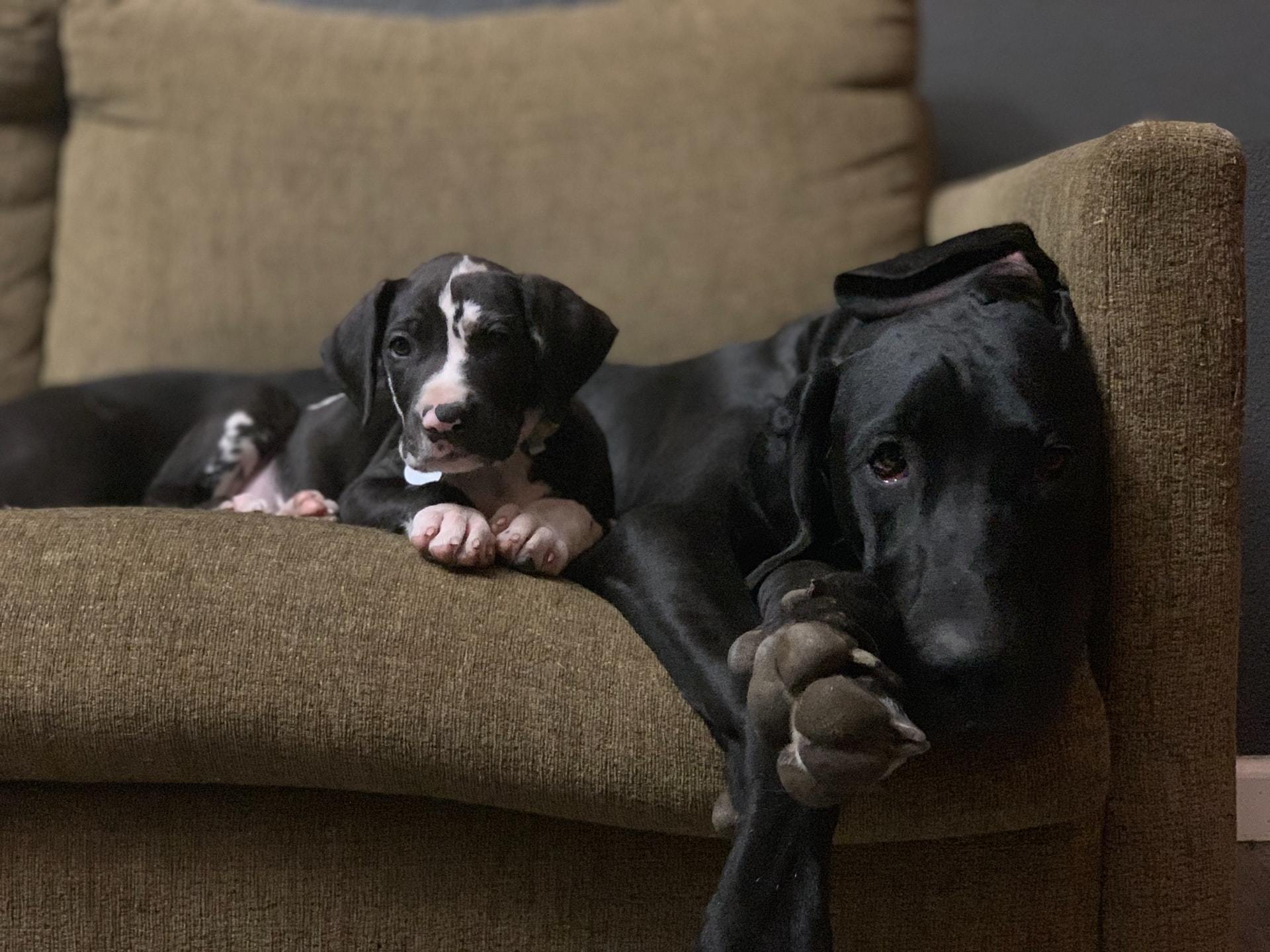
Causes and Treatment of Acne in Dogs FirstVet
What Does Acne Look Like? [With Pictures] In simplest terms, dog acne is inflammation in the outermost layers of the skin, called the epidermis, that results in inflamed red or pink bumps, or white bumps around the lips, chin, and muzzle.These bumps or pimples arise from clogged pores and contain a mix of oils, bacteria, and dead skin cells.
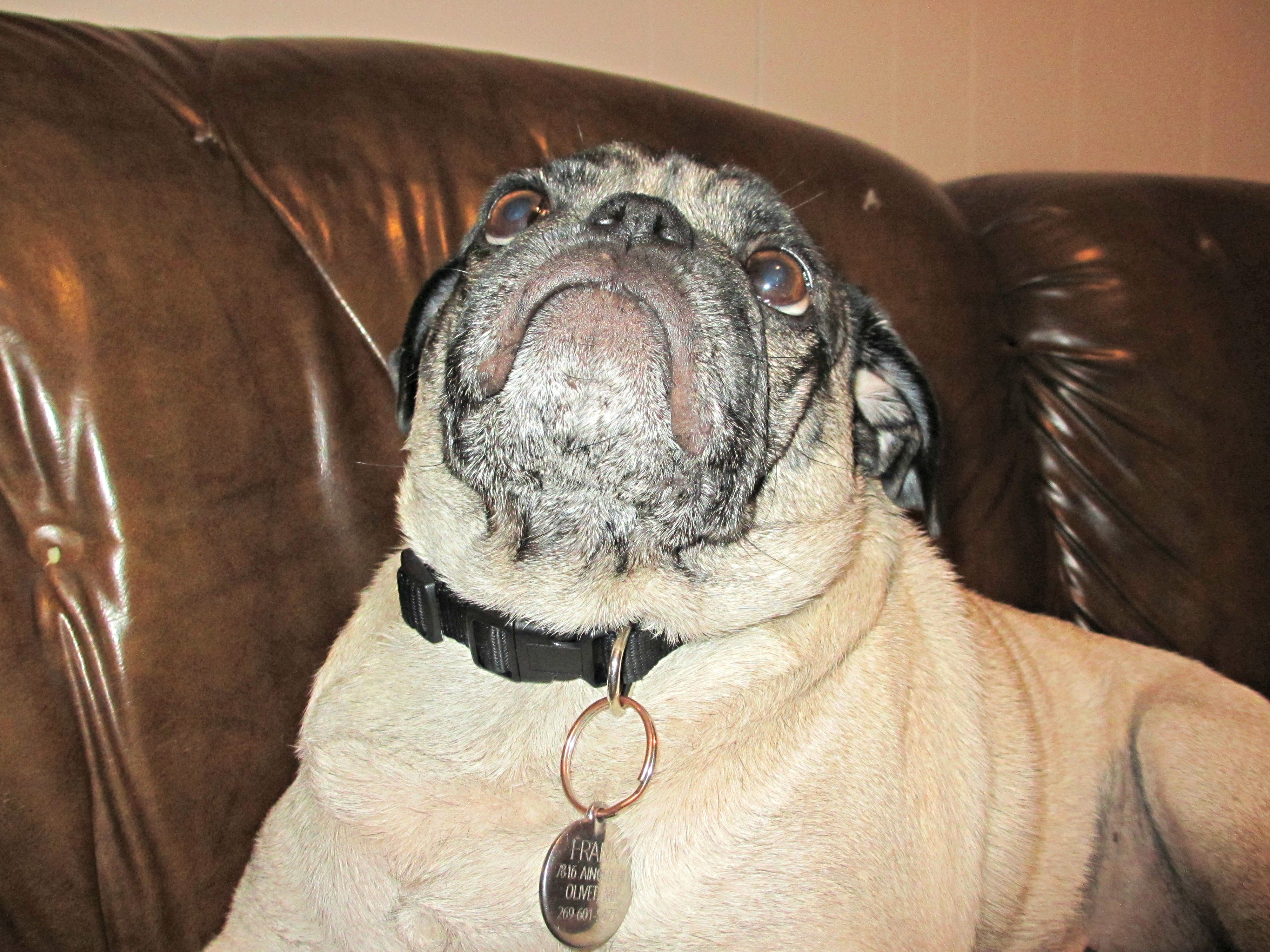
How I Got Rid Of My Dog's Acne Emily Reviews
A dog's skin is very similar to ours, so it's no surprise that dogs can get acne too. Acne in dogs is quite common and can be caused by several factors, including hormonal changes, allergies, and infections. Blackheads - blackheads are small black bumps on the skin that have a clogged pore or follicle at their base.
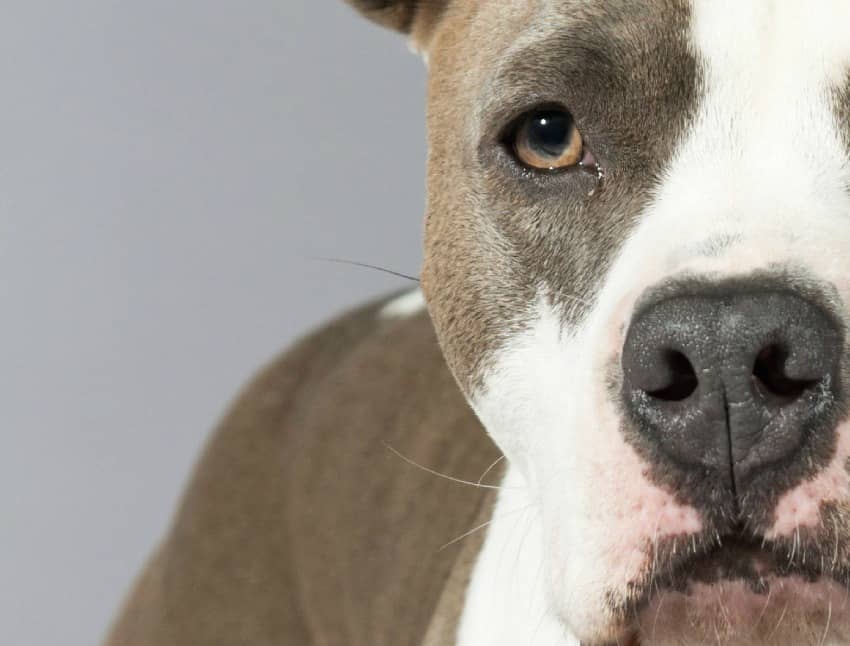
Dog Acne What is It and How do I Treat It?
According to Dr. Tate, "a mild to moderate case of dog acne should clear up in around 10 to 14 days with proper treatment," but this is not always the case. "Some dogs can have antibiotic-resistant cases, and can get reoccurring infections, and some of those dogs take weeks, to even months to clear.". Amy Aitman is a freelance writer.

Does My Dog Have Acne or Pimples, and Are There Natural Cures? PetHelpful
At first, it was believed that dog acne was similar to cases of acne in humans which is primarily associated with hormones. Recent studies, however, suggest that it's not. Several factors, however, have been identified that increase a dog's risk of developing acne. The common denominator to these factors is the irritation of the hair follicles.
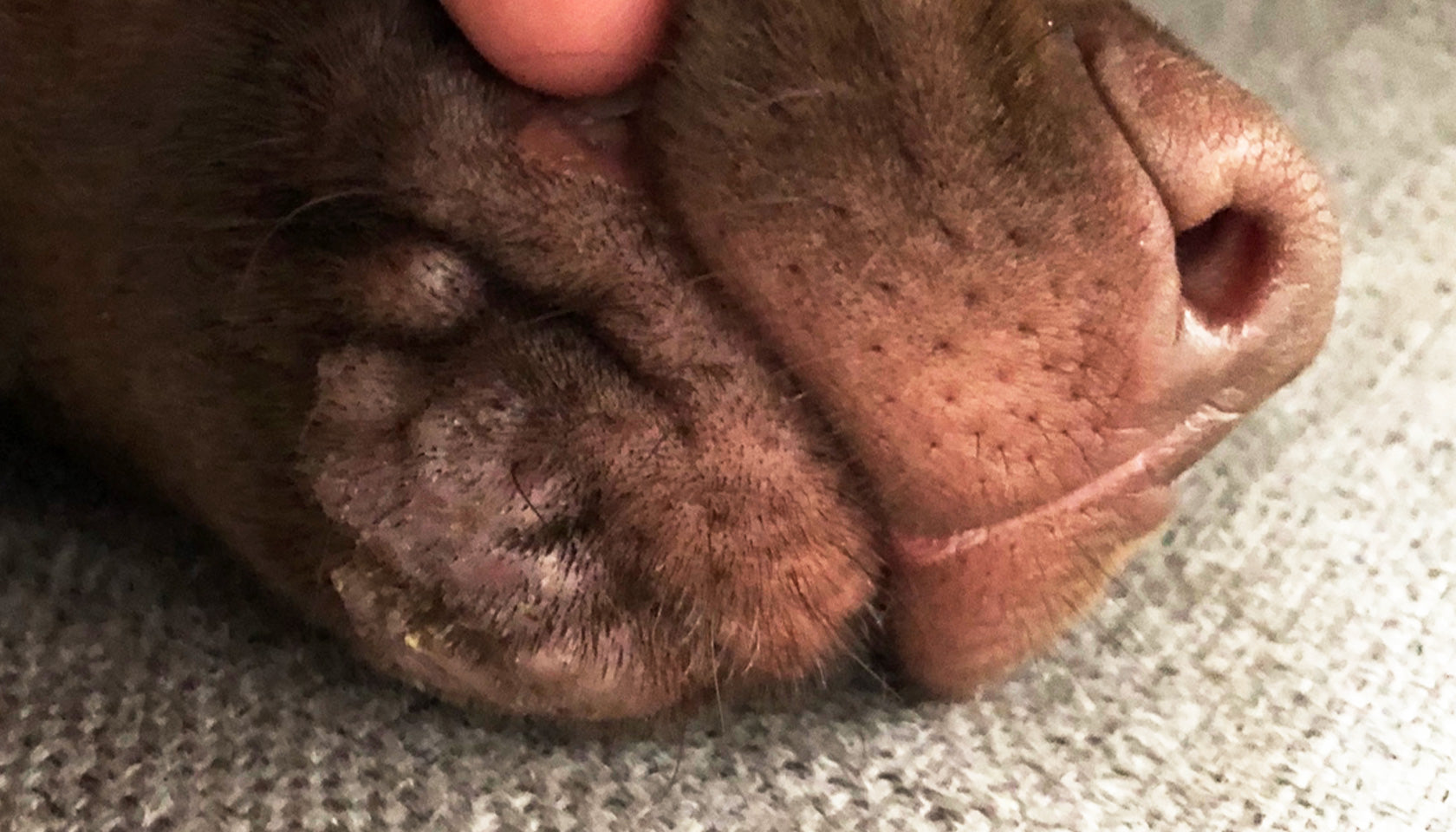
Can Dogs Get Acne? Pet Help Reviews UK
Dog acne is just what it sounds like - pimples on pups. But medically speaking, the condition is known as muzzle folliculitis or furunculosis. It occurs when short hair follicles below the skin are inflamed from oil and dead skin cells, resulting in a breakout in the dog's nose, lips, and chin.Those follicles can then rupture and become infected, causing even more irritation for your best.

Dog Acne 5 Tips for Healthy Dog Skin
Symptoms of Dog Acne. Dog acne most commonly appears on the bottom of the chin, skin around the mouth, and lower lips. It can look like red bumps, hairless areas, and swelling of the muzzle. As the condition progresses, the bumps can become infected, grow, ooze, or drain fluid. Causes of Dog Acne. Although the cause of dog acne is often unknown.
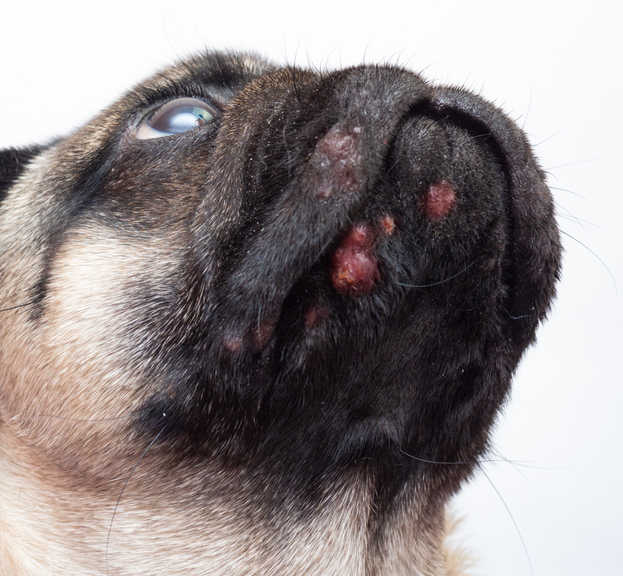
Dog Has Zit On Lip
Unless the dog is still in adolescence, most acne problems are caused by poor hygiene and bacteria. Regular bathing once a week or at least a few times per month will help the dog stay clean. Some of the acne around the mouth can be caused by poor dental hygiene, so brushing the teeth a couple of times a week or providing an edible dental treat.

Acne in Dogs Symptoms, Causes, Diagnosis, Treatment, Recovery
Dogs can get whiteheads, blackheads, and enclosed pimples (comedones) as well. The most common locations for your dog to get pimples are the muzzle, chest, belly, and genital area. One or two pimples may occur randomly on the skin, but when they occur in a concentrated area, it's often called acne.

Can Dogs Get Pimples? Home Remedies for Dog Acne PawLeaks
Trauma to the Skin. Trauma to the face and jaw may increase the chances of pimples or acne appearing. While not actually acne in the hormonal sense, trauma to the skin, such as repeated rubbing of the face on carpets or flooring, can cause small pimple-like bumps to appear.
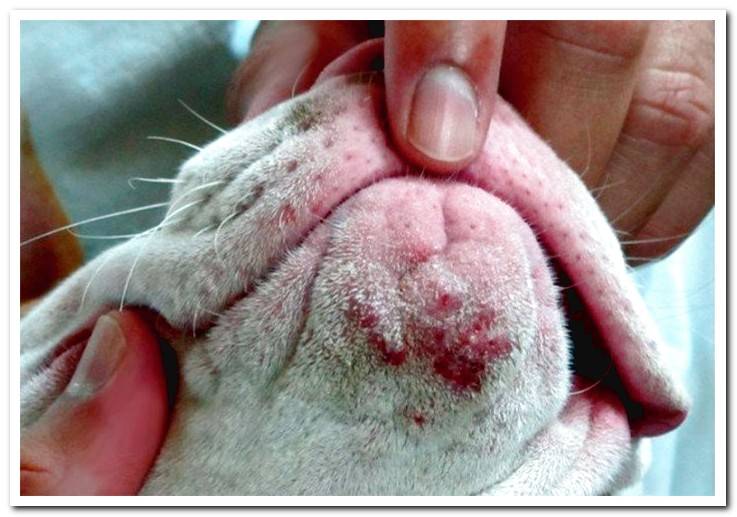
Canine acne Causes and treatment Dogsis
Overview Canine acne may be ugly, causing your pooch to have low self-esteem, but it's essentially a benign, self-limiting problem that, as with humans, is an adolescent issue, by and large. This condition can show up right about the time your dog enters puberty—at approximately 5-8 months of age. Most often, the condition improves without face wash or pimple cream by the time yourdog.
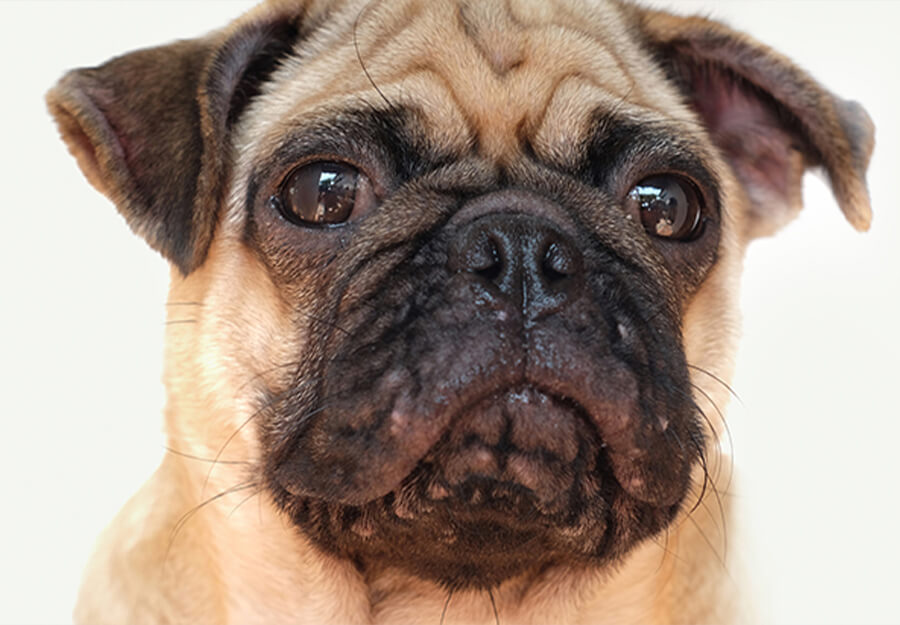
Dog Acne 5 Tips for Healthy Dog Skin
All dogs can develop canine acne. However, a large majority of patients are short-coated breeds. Canine acne could also be classified as a type of pyoderma. The technical terminology for canine acne is folliculitis and furunculosis. Inflammation of the hair follicle is folliculitis, and when the hair follicle is infected or impacted.

How To Fix Boxer Acne Boxer Dog Diaries
Dog acne is the inflammation of the skin, usually in the areas on the lips and around the muzzle, which creates pinkish-to-red bumps or pustules in these regions. It can also be an indication of.
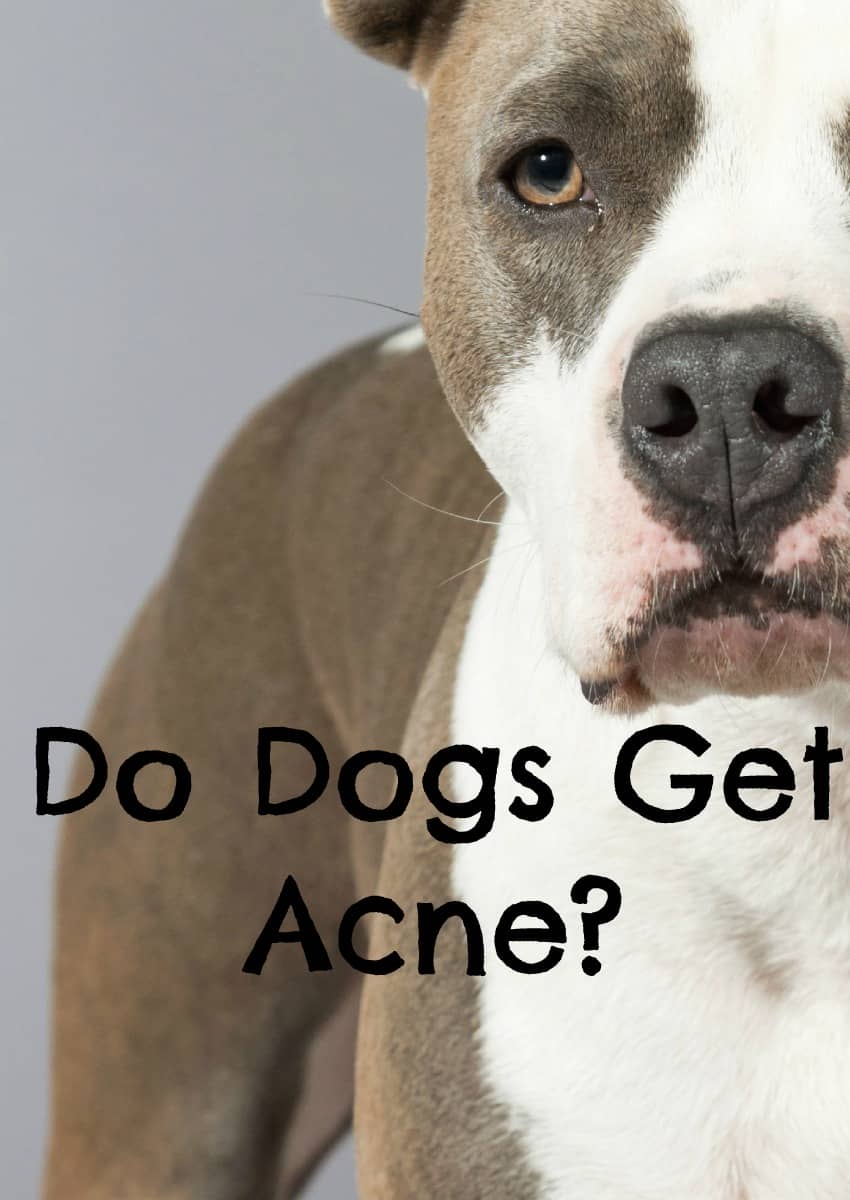
Dog Acne What is It and How do I Treat It?
Use a tincture of Calendula, diluting about 6 drops in 1 ounce of water. Use this to moisten some cotton wool, and then bathe the dog's chin as before. It can take more than a month for severe acne in a dog to go away, but with proper treatment your pup may be back to normal. Photo: mbmccut.
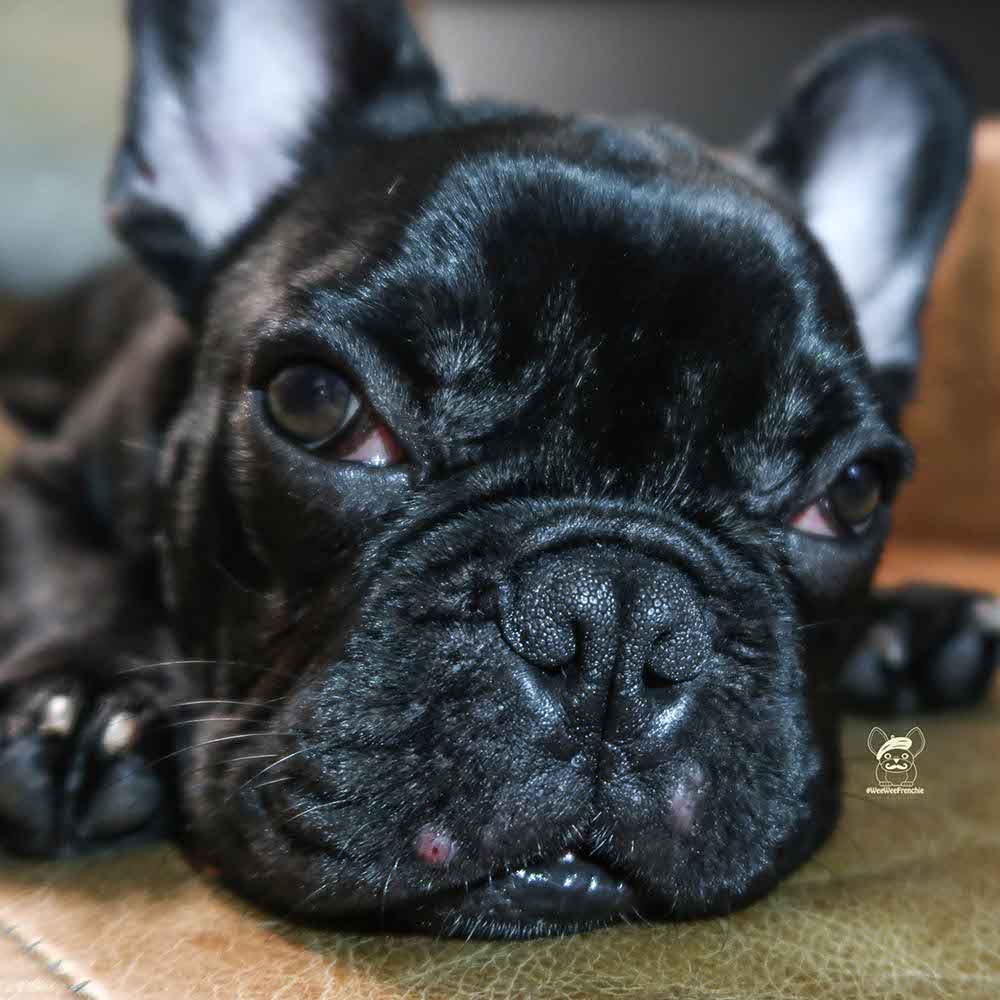
What Is Puppy Acne
Symptoms of Dog Acne. Often, signs of dog or puppy acne are easy to identify. Symptoms can include: Bumps, whiteheads or blackheads on your pet's skin. Rubbing or scratching of the face if the pimples are itchy. Swelling of the bumps if they become inflamed. It's a good idea to do a regular skin check on your dog and monitor for conditions.
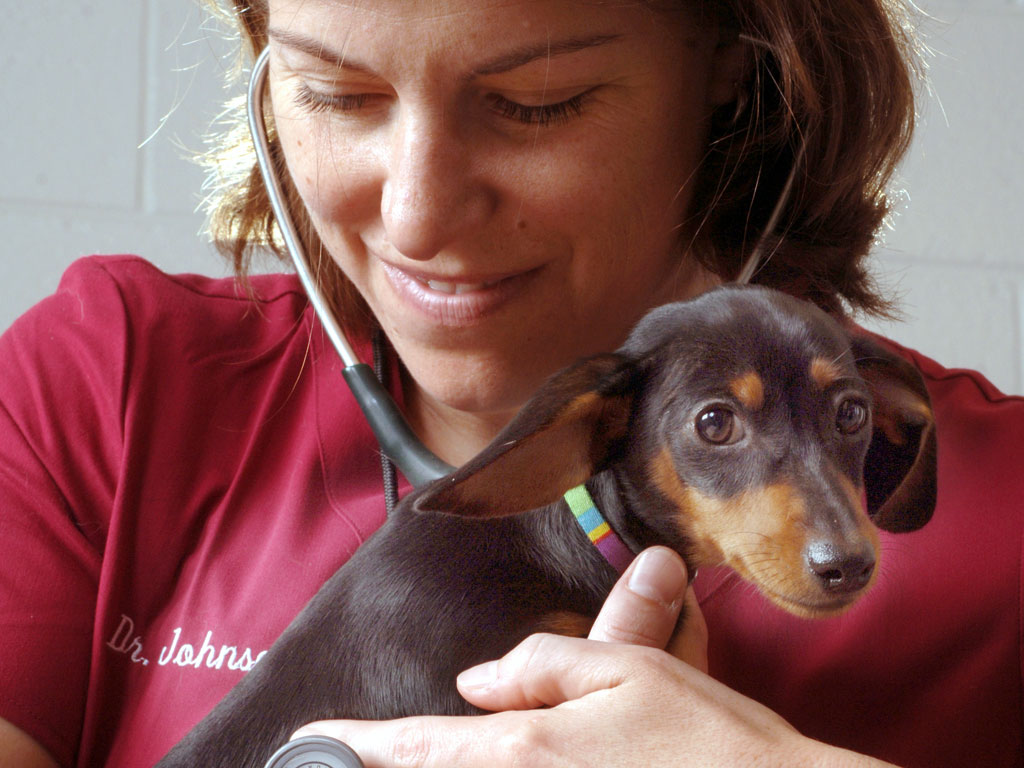
DOG ACNE Dog Acne Home Remedies
Visit Your Vet. If the acne seems to be getting progressively worse, or if there seems to be an infection, you should take your dog to the vet. More severe cases of acne can be treated by oral medication, prescription ointments, or medicated soaps. Your veterinarian will offer treatment options and professional advice.
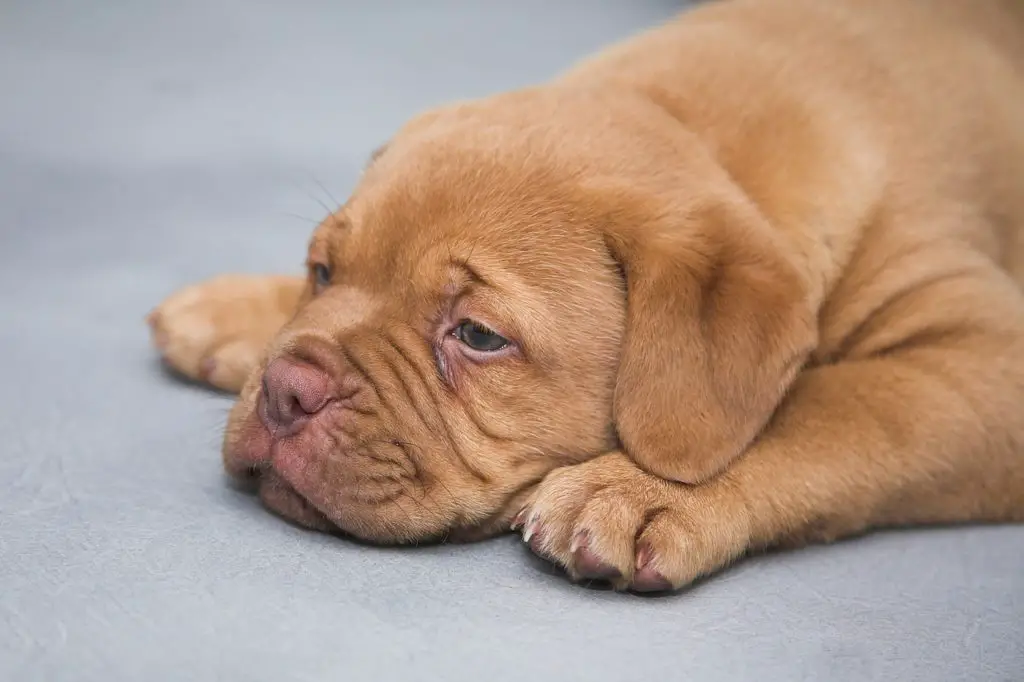
Puppy Acne 101 Symptoms, Causes, and Solutions Pawesome
Canine acne is an inflammatory disorder of the lips and the skin of the muzzle. Dogs with mild cases of acne often have red bumps or pustules (pimples) on their skin. This can, in more severe cases, lead to generalized swelling of the lips and muzzle, bleeding wounds, or scabs on the face. Left untreated, severe cases of canine acne can result.